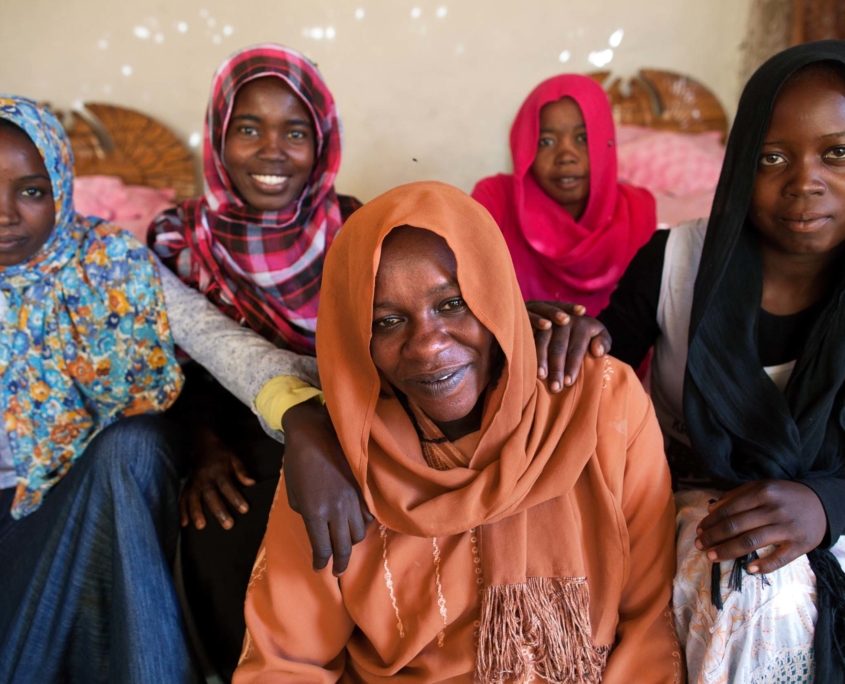The Causes and Consequences of Child Marriages in The Middle East

Globally, more than 700 million females living today were child brides. Annually, the Middle East contributes 700,000 child brides to its total of 40 million child brides. Although the number of Syrian child brides has decreased, there has been an increase in the number of child brides in all Middle Eastern and North African (MENA) communities that have seen internal displacement and are otherwise facing conflict. In Iraq, 15% of marriages were child marriages in 1997, but this rose to 24% in 2016. About 5% of those in child marriages in Iraq were younger than 15. In Yemen, which does not have a minimum legal age for marriage, two-thirds of marriages involve child brides, including 44% under the age of 15. Here is some information about child marriages in the Middle East.
Reasons for Child Marriages in the Middle East
In pre-war Syria, 15% of women between the ages of 20 and 25 were wed before they were 18. The number of child brides in all Syrian communities has risen nowadays, even among those not displaced. Among the internally displaced, including migrants whose limitations are conspicuous as opposed to hosting communities, the figures have also increased drastically.
Through forced migration and war, child marriages represent negative coping factors, reinforcing tradition. Families worry about the safety of girls and their “honor” and see marriage as a means of care and protection for their daughters. The girls’ families often desire that they enter marriages with local men in order to gain host community recognition and dowries.
Dangers of Child Marriages
Child marriages affect the development of young girls, which frequently results in childbirth and subsequent emotional withdrawal of the young mother. Early marriages often lead to limited schooling, increased fertility rate and poverty. The development and implementation of the legal minimum age for marriage are necessary to protect girls, who the culture of child marriage influences more than boys. Many countries in the MENA region have minimum marriage age laws, ranging from 13 years of age in Iran to 20 years of age in Tunisia for women and from 15 years of age in Yemen to 21 years of age in Algeria for men.
Plans to End Child Marriages in the Middle East
The Regional Accountability Framework to End Child Marriage in the Arab States/Mena (RAF), a partnership between UNICEF and UNFPA, promotes encouraging women through schooling, health services, character building and employment prosperity through improving their rights and services. Community commitments alter social norms and actions by improving public policy structures and encouraging cross-sectoral efforts to gain skills through collaborative initiatives on health, education, child security and social security. Further approaches include more years of mandatory education, establishing and implementing the legal minimum age of marriage and growing awareness in the community about the damage that early marriage causes. Engaging families in finding ways to avoid child marriage is another solution to ending child marriage that some government officials are discussing.
Overall, awareness of child marriage could save many children. It is a problem that is getting out of hand that has been taking away from girls’ childhoods and leaving them in miserable situations for the rest of their lives. The help of organizations all over the world can make a significant change in the lives of these victims.
– Rand Lateef
Photo: Flickr
